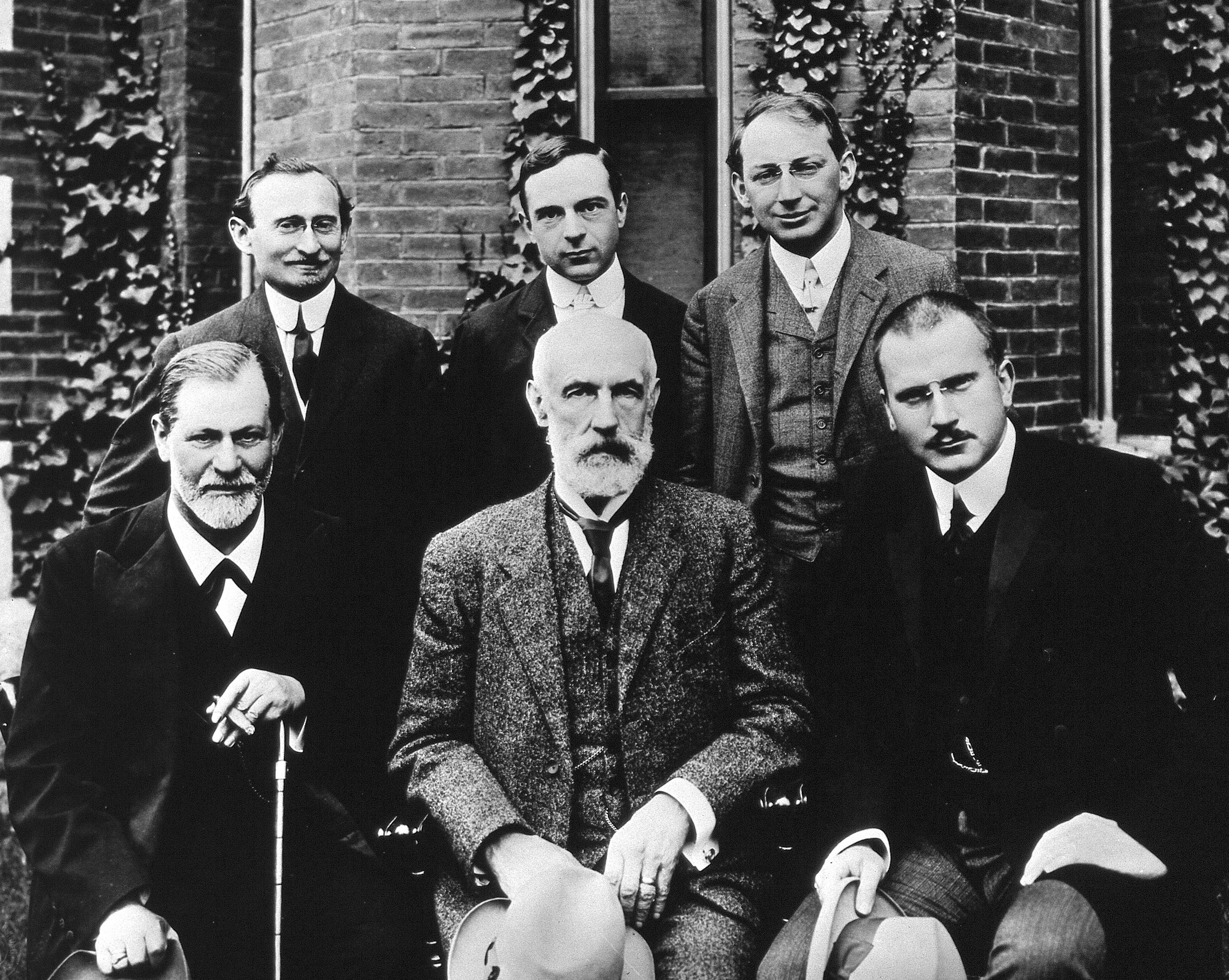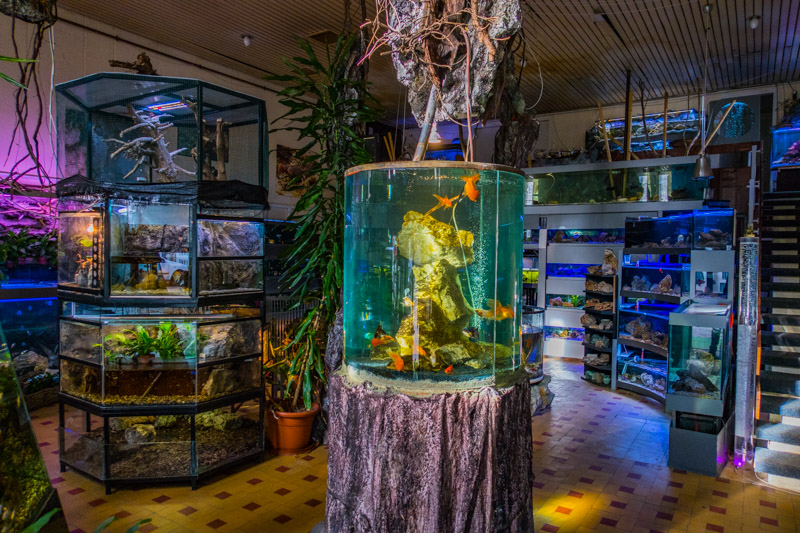|
Vladeta Jerotić
Vladeta Jerotić ( sr-cyr, Владета Јеротић; 2 August 1924 – 4 September 2018) was a Serbian psychiatrist, psychotherapist, philosopher and writer. Biography Vladeta Jerotić grew up as the only child of an official of the Royal Court of Audit (Glavna kontrola) in Zadarska Street of the old Belgrade quarter Kosančićev venac. He attended the primary school and the gymnasium in his native place and graduated with maturity diploma in 1942. The young man could not continue his education at the university, because the academic institution was closed in the years of the German occupation during World War II in Yugoslavia. In his memoirs, he described his parental home as non-nationalist, non-chauvinist and non-communist, and that no one from his whole family joined Tito’s Partisans or Mihailović's Chetniks. Jerotić remained true to this principle and he never became a member of the Communist Party or any other political organization. In 1945, he began studying at t ... [...More Info...] [...Related Items...] OR: [Wikipedia] [Google] [Baidu] |
Belgrade
Belgrade ( , ;, ; Names of European cities in different languages: B, names in other languages) is the Capital city, capital and List of cities in Serbia, largest city in Serbia. It is located at the confluence of the Sava and Danube rivers and the crossroads of the Pannonian Basin, Pannonian Plain and the Balkan Peninsula. Nearly 1,166,763 million people live within the administrative limits of the City of Belgrade. It is the third largest of all List of cities and towns on Danube river, cities on the Danube river. Belgrade is one of the List of oldest continuously inhabited cities, oldest continuously inhabited cities in Europe and the world. One of the most important prehistoric cultures of Europe, the Vinča culture, evolved within the Belgrade area in the 6th millennium BC. In antiquity, Thracians, Thraco-Dacians inhabited the region and, after 279 BC, Celts settled the city, naming it ''Singidunum, Singidūn''. It was Roman Serbia, conquered by the Romans under the reign ... [...More Info...] [...Related Items...] OR: [Wikipedia] [Google] [Baidu] |
Neuropsychiatry
Neuropsychiatry or Organic Psychiatry is a branch of medicine that deals with psychiatry as it relates to neurology, in an effort to understand and attribute behavior to the interaction of neurobiology and social psychology factors. Within neuropsychiatry, the mind is considered "as an emergent property of the brain", whereas other behavioral and neurological specialties might consider the two as separate entities. Neuropsychiatry preceded the current disciplines of psychiatry and neurology, which previously had common training, however, those disciplines have subsequently diverged and are typically practiced separately. Currently, neuropsychiatry has become a growing subspecialty of psychiatry as it closely relates the fields of neuropsychology and behavioral neurology, and attempts to utilize this understanding to better treat illnesses that fall under both neurological and mental disorder classifications (e.g., autism, Attention deficit hyperactivity disorder, ADHD, Tourette s ... [...More Info...] [...Related Items...] OR: [Wikipedia] [Google] [Baidu] |
Dositej Obradović
Dositej Obradović ( sr-Cyrl, Доситеј Обрадовић; 17 February 1739 – 7 April 1811) was a Serbian writer, biographer, diarist, philosopher, pedagogue, educational reformer, linguist, polyglot and the first minister of education of Serbia. An influential protagonist of the Serbian national and cultural renaissance, he advocated Enlightenment and rationalist ideas, while remaining a Serbian patriot and an adherent of the Serbian Orthodox Church. Life Dositej Obradović was born Dimitrije Obradović, probably in 1739, in the Banat village of Čakovo, at the time in the Habsburg monarchy, now Ciacova, Timiş County, Romania. From an early age, he was possessed with a passion for study. Obradović grew up bilingual (in Serbian and Romanian) and learned classical Greek, Latin, modern Greek, German, English, French, Russian, Albanian and Italian. On 17 February 1757 he became a monk in the Serb Orthodox monastery of Hopovo, in the Srem region, and acquired the n ... [...More Info...] [...Related Items...] OR: [Wikipedia] [Google] [Baidu] |
Isidora Sekulić Award
The Isidora Sekulić Award ( sr, Nagrada Isidora Sekulić, italics=yes, sr-cyr, Награда Исидора Секулић) is a Serbian, and former Yugoslav, literary prize established by the Belgrade municipality of Savski venac in 1967 and awarded annually since 1968 in honor of the writer and Belgrade native Isidora Sekulić. The award honors writers for the best work of modern Serbian literature Serbian literature ( sr-Cyrl, Српска књижевност), refers to literature written in Serbian and/or in Serbia and all other lands where Serbs reside. The history of Serbian literature begins with the independent works from the Nema ... of the previous year. In the first decade of its history, several authors were awarded annually. Since 1979, only one author has received the award each year. A total of 71 authors (60 male and 11 female) have received the award since its inception. [...More Info...] [...Related Items...] OR: [Wikipedia] [Google] [Baidu] |
International Association Of Applied Psychology
The International Association of Applied Psychology (IAAP) was created in 1919 by Édouard Claparède under the name of International Association of Psychotechnics (Association Internationale de Psychotechnique) and the secretary general was Jean-Maurice Lahy. The present name was adopted in 1955. The current president is Christine Roland-Lévy. Members are individuals with an expertise in applied psychology. International Congresses of Applied Psychology (ICAP) are organized every four years; the last one was held in Montreal, Canada, 2018. There was a special Centennial Congress of Applied Psychology (CCAP) in Cancun, Mexico, scheduled for December 13–17, 2020, to celebrate the 100 year anniversary of IAAP. The next ICAP will be in Beijing in 2022. Two journals are sponsored, ''Applied Psychology: An International Review'' and ''Health and Well-being'', both under Wiley Publishing. An open access journal, ''Applied Psychology Around the World'', is available on the IAAP website ... [...More Info...] [...Related Items...] OR: [Wikipedia] [Google] [Baidu] |
Serbian Academy Of Sciences And Arts
The Serbian Academy of Sciences and Arts ( la, Academia Scientiarum et Artium Serbica, sr-Cyr, Српска академија наука и уметности, САНУ, Srpska akademija nauka i umetnosti, SANU) is a national academy and the most prominent academic institution in Serbia, founded in 1841 as Society of Serbian Letters ( sr, link=no, Друштво србске словесности, ДСС, Društvo srbske slovesnosti, DSS). The Academy's membership has included Nobel laureates Ivo Andrić, Leopold Ružička, Vladimir Prelog, Glenn T. Seaborg, Mikhail Sholokhov, Aleksandr Solzhenitsyn, and Peter Handke as well as, Josif Pančić, Jovan Cvijić, Branislav Petronijević, Vlaho Bukovac, Mihajlo Pupin, Nikola Tesla, Milutin Milanković, Mihailo Petrović-Alas, Mehmed Meša Selimović, Danilo Kiš, Dmitri Mendeleev, Victor Hugo, Leo Tolstoy, Jacob Grimm, Antonín Dvořák, Henry Moore and many other scientists, scholars and artists of Serbian and foreign ori ... [...More Info...] [...Related Items...] OR: [Wikipedia] [Google] [Baidu] |
University Of Belgrade
The University of Belgrade ( sr, / ) is a public university in Serbia. It is the oldest and largest modern university in Serbia. Founded in 1808 as the Belgrade Higher School in revolutionary Serbia, by 1838 it merged with the Kragujevac-based departments into a single university. The university has around 97,700 enrolled students and over 4,800 academic staff members. Since its founding, the university has educated more than 378,000 bachelors, around 25,100 magisters, 29,000 specialists and 14,670 doctors. The university comprises 31 faculties, 12 research institutes, the university library, and 9 university centres. The faculties are organized into four groups: social sciences and humanities; medical sciences; natural sciences and mathematics; and technological sciences. On the prestigious ''Shanghai Ranking'' (ARWU), the University of Belgrade ranks between 401st and 500th place, according to the most recent (2018) global ranking. In 2014, it ranked 151–200, specific ... [...More Info...] [...Related Items...] OR: [Wikipedia] [Google] [Baidu] |
Pastoral Psychology
Psychology of religion consists of the application of psychological methods and interpretive frameworks to the diverse contents of religious traditions as well as to both religious and irreligious individuals. The various methods and frameworks can be summarized regarding the classic distinction between the natural-scientific and human-scientific approaches. The first cluster amounts to objective, quantitative, and preferably experimental procedures for testing hypotheses for causal connections among the objects of one's study. In contrast, the human-scientific approach accesses the human world of experience using qualitative, phenomenological, and interpretive methods. The goal of this approach is to discern meaningful, rather than causal, connections among the phenomena one seeks to understand. Psychologists of religion pursue three major projects: #systematic description, especially of religious contents, attitudes, experiences, and expressions #explanation of the origins ... [...More Info...] [...Related Items...] OR: [Wikipedia] [Google] [Baidu] |
Dedinje
Dedinje ( sr-cyrl, Дедиње, ) is an urban neighborhood of Belgrade, the capital of Serbia. It is located in Belgrade's municipality of Savski Venac. Dedinje is generally considered the wealthiest part of Belgrade, and is the site of numerous villas and mansions owned by the members of the city's plutocracy, as well as many diplomatic residences. Location Dedinje is located on the eastern slopes of the hill of Topčidersko Brdo, 7-8 kilometers south of downtown Belgrade to which it is connected by the '' Kneza Miloša street''. It borders the neighborhoods of Senjak (west), Prokop and Mostar (north), Stadion and Diplomatska Kolonija (actually, Dedinje's sub-neighborhood; east), Banjica, Lisičji Potok and Topčider (south). It is well connected to the other parts of Belgrade by several boulevards (of ''Prince Aleksandar Karađorđević'', '' Vojvoda Putnik'') and broad streets ('' Teodora Drajzera'', ''Neznanog junaka'', etc.). Main street in the neighborhood itself is ... [...More Info...] [...Related Items...] OR: [Wikipedia] [Google] [Baidu] |
Dragiša Mišović Hospital
Dragiša (Cyrillic: Драгиша) is a version of the masculine given name Drago, and may refer to: *Dragiša Binić (born 1961), Serbian footballer * Dragiša Brašovan (1887–1965), Serbian modernist architect *Dragiša Burzan (born 1950), Serbia and Montenegro ambassador to London since 2004 * Dragiša Cvetković (1893–1969), Yugoslav politician *Dragiša Drobnjak (born 1977), Slovenian professional basketball player *Dragiša Lapčević (1867–1939), Serbian politician *Dragiša Pejović (born 1982), Serbian Football player *Dragiša Pešić (born 1954), politician from Montenegro *Dragiša Stanisavljević (born 1921), Serbian naive art sculptor *Dragiša Vasić (1885–1945), Serbian lawyer and writer *Dragiša Žunić Dragiša Žunić (Serbian Cyrillic: Драгиша Жунић; born 29 June 1978) is a Serbian former footballer who played as a defender. Honours ;Mladost Lučani * Serbian First League The Serbian First League ( sr, Прва лига Срби ... (bor ... [...More Info...] [...Related Items...] OR: [Wikipedia] [Google] [Baidu] |
Occupational Health
Occupational safety and health (OSH), also commonly referred to as occupational health and safety (OHS), occupational health, or occupational safety, is a multidisciplinary field concerned with the safety, health, and welfare of people at work (i.e. in an occupation). These terms also refer to the goals of this field, so their use in the sense of this article was originally an abbreviation of ''occupational safety and health program/department'' etc. The goal of an occupational safety and health program is to foster a safe and healthy occupational environment. OSH also protects all the general public who may be affected by the occupational environment.Fanning, Fred E. (2003). Basic Safety Administration: A Handbook for the New Safety Specialist, Chicago: American Society of Safety Engineers Globally, more than 2.78 million people die annually as a result of workplace-related accidents or diseases, corresponding to one death every fifteen seconds. There are an additional 374 m ... [...More Info...] [...Related Items...] OR: [Wikipedia] [Google] [Baidu] |
.jpg)




